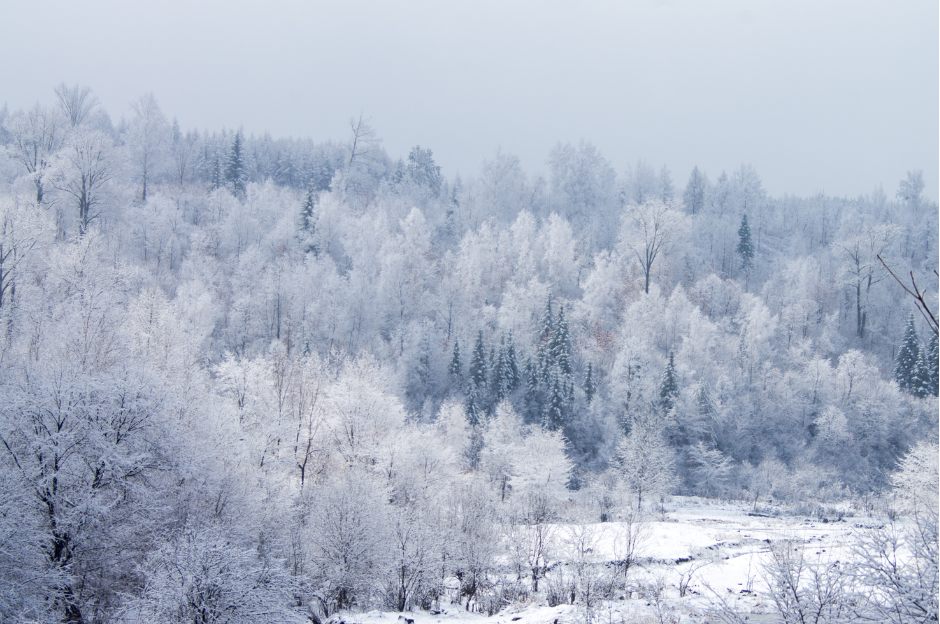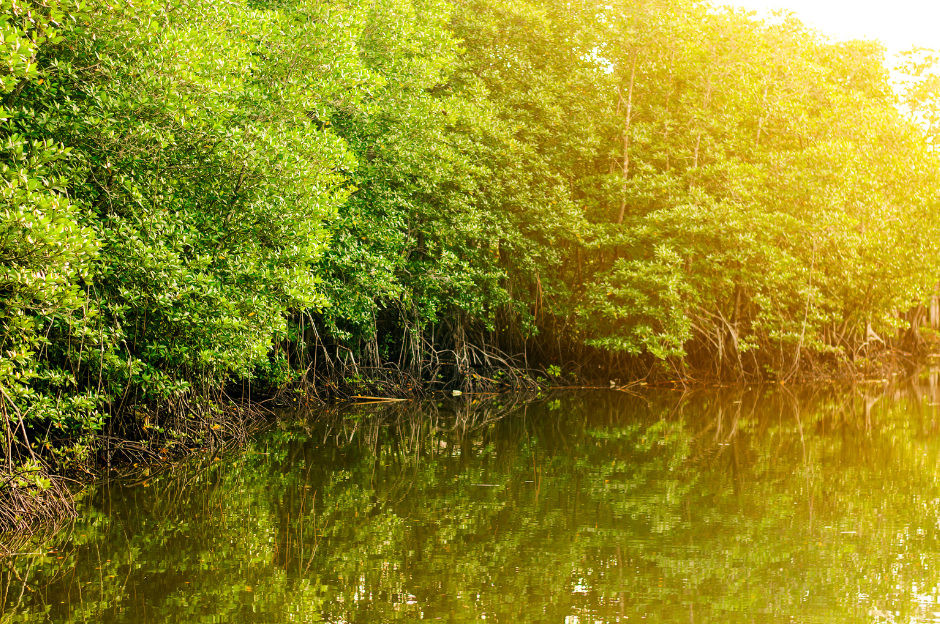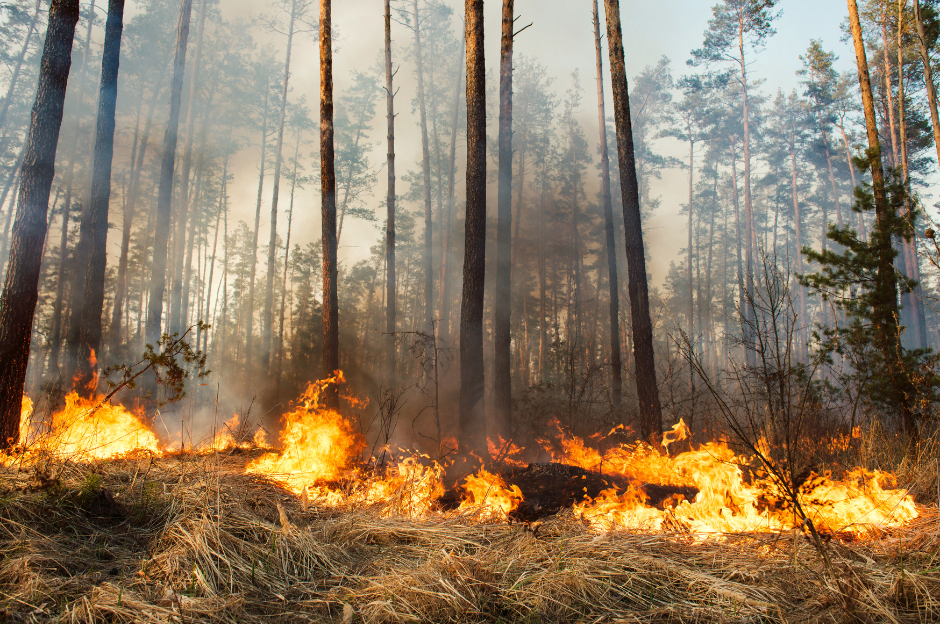
Adapting to Extremes: Unveiling the Resilience of Trees in Harsh Environments
Nature’s remarkable ability to adapt is nowhere more evident than in the survival of trees in some of the harshest environments on Earth. From scorching deserts to frigid tundras, trees have evolved ingenious strategies to thrive in conditions that seem unforgiving to life. In this blog post, we explore the fascinating topic of “Adapting to Extremes: How Trees Survive in Harsh Environments,” uncovering the extraordinary resilience and adaptability that enable trees to flourish against all odds.

Xerophytes: Thriving in Arid Landscapes:
Trees that thrive in arid landscapes have mastered the art of conserving water and withstanding drought. Xerophytic adaptations, such as deep taproots, reduced leaf surface area, and the ability to close leaf pores during the day, minimize water loss through evaporation. These survival strategies enable trees to endure long periods of water scarcity and harsh sun exposure.

Cold Comfort: Conquering Harsh Cold Climates
In the icy realms of tundras and alpine regions, trees face extreme cold, strong winds, and a short growing season. To survive, these trees adopt adaptations like narrow needle-like leaves that reduce water loss and prevent snow buildup, and a conical shape that helps shed heavy snow loads. They also have the ability to enter a state of dormancy during the frigid winter months, conserving energy until warmer temperatures return.

Salinity and Salt Tolerance: Trees in Brackish Environments
Coastal and brackish environments present trees with the challenge of high salinity levels in both the soil and the air. Trees in such areas have evolved salt tolerance mechanisms, including specialized salt-filtering cells and the ability to excrete excess salt through leaves. These adaptations allow them to thrive where most plants would struggle to survive.

Fire-Adapted Trees: Flourishing After Flames
Certain trees have evolved to survive and even thrive in fire-prone landscapes. Thick, fire-resistant bark protects underlying tissues from intense heat, and some species have developed serotinous cones that release seeds only when exposed to fire. These trees have become co-dependents with fire, using it as a catalyst for regeneration and new growth.

The incredible ability of trees to adapt to extreme environments is a testament to the tenacity of life.
From conserving water in arid landscapes to enduring freezing temperatures and thriving after wildfires, trees showcase an array of survival strategies that have evolved over eons. As we unravel the adaptations that enable trees to conquer harsh environments, we gain a deeper appreciation for the resilience of nature and the astounding diversity of life on our planet.